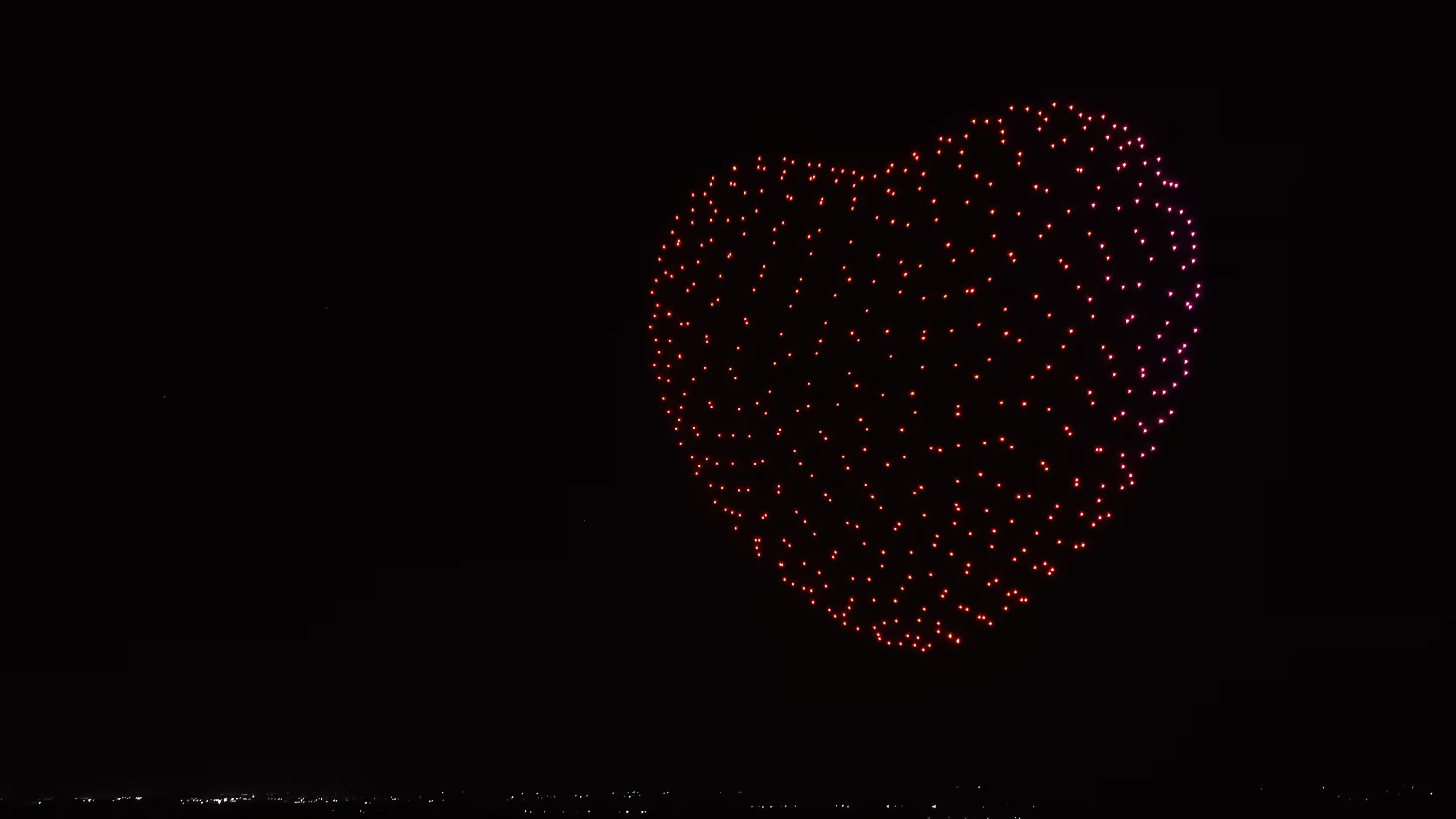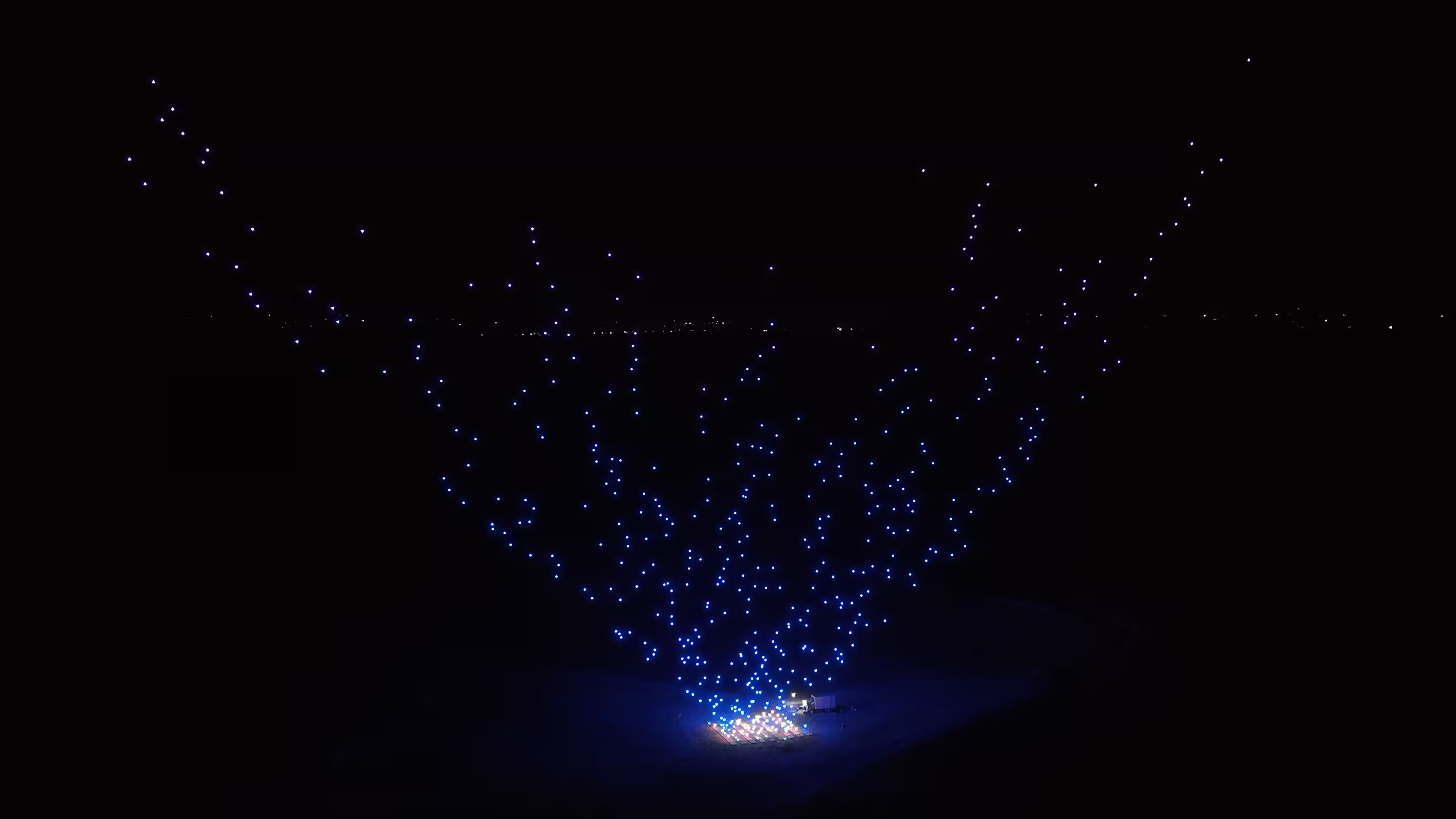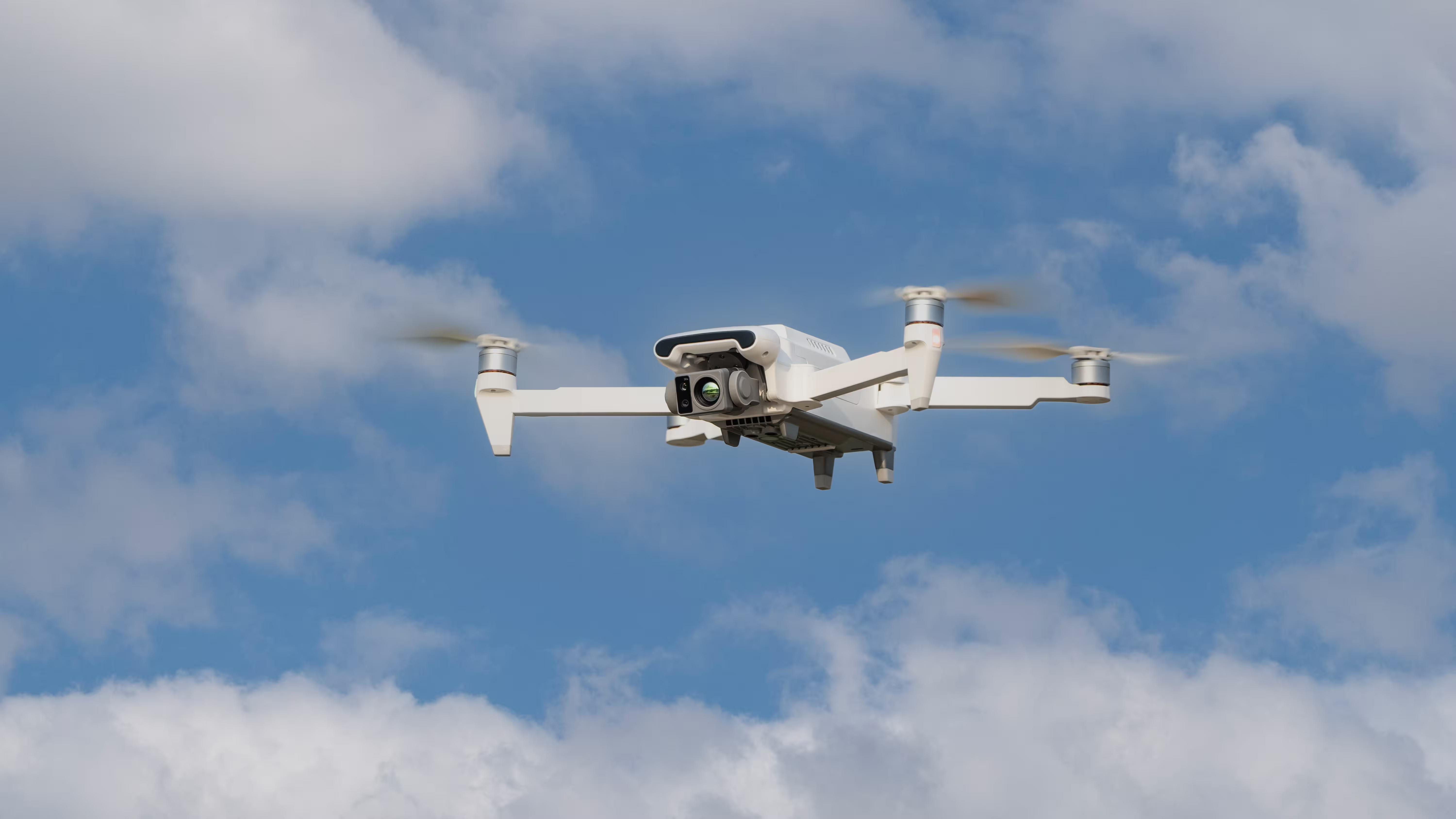
Introduction: When Lights in the Sky Go Astray
Picture this: during a grand celebration, hundreds of drones rise into the night, forming landmarks and festive greetings. Now imagine one drone suddenly losing control due to sensor failure or propeller damage. The result is not just a missing “pixel” in the sky—it could trigger a chain reaction and even endanger the crowd below.
In the drone light show industry, safety is the uncompromising bottom line, and this is where advanced design truly matters.
The Safety Challenges of Drone Light Shows
Unlike single-drone flights, large-scale light shows involve hundreds or even thousands of drones flying in formation under highly complex conditions:
- External challenges: strong winds, magnetic interference, radio frequency disturbances, or fog.
- System challenges: each drone is a “pixel” in the air; any error disrupts the entire display.
- Safety challenges: crowds often gather at shows, so a crash could have severe consequences.
Reliable safety mechanisms are therefore not optional—they are the foundation of the system.
Four Layers of Safety: The Invisible Protections
Take the MMC L1 light show drone as an example, designed with multiple safety features:
- Dual Magnetometers
Magnetometers act as the drone’s compass. In environments with strong magnetic interference (such as near metal structures or temporary transmitters), flight paths can deviate. Dual magnetometers in the L1 continuously cross-check data and seamlessly switch if one fails, ensuring stable navigation. - Dual IMUs (Inertial Measurement Units)
IMUs are the drone’s balance sensors. Dual IMUs mean that if one fails, the backup provides precise data to keep the drone stable, preventing erratic behavior or crashes. - Propeller Failure Protection
Broken propellers are among the most feared accidents. Traditional drones may crash instantly, but the L1 uses intelligent algorithms to redistribute thrust within milliseconds, allowing safe landing or temporary controlled flight. - Collision Protection
During takeoff, landing, or dense formation flying, collisions are a risk. The L1 combines structural optimization with redundant control algorithms to minimize damage, offering extra safety in crowded environments.
Lessons from Real-World Cases
The importance of safety often becomes evident only after accidents:
- Xi’an Drone Light Show Failure: In 2018, a world-record drone show in Xi’an saw several drones lose position and fall due to signal interference, resulting in gaps and failures in the display. Gizmodo.
- Zhengzhou Shopping Mall Show Gone Wrong: During a drone show over a shopping mall in Zhengzhou, multiple drones fell from the sky, prompting panicked crowds to seek cover. VICE / The China Project.
In contrast, successful shows demonstrate what robust safety design achieves:
- Beijing 2022 Winter Olympics: thousands of drones operated reliably in extreme cold, thanks to redundant safety systems.
- Super Bowl Halftime Show (USA): globally watched, with flawless execution and zero accidents.
Safety Beyond the Single Drone
Safety in drone light shows goes beyond individual drones—it’s a system-level responsibility:
- Formation-level safety: Can the system dynamically compensate if one drone drops out?
- Communication safety: Can the swarm remain stable if individual links fail?
- Operational safety: Are contingency plans in place for sudden weather changes or airspace restrictions?
As the industry often says: a light show is not just about single flights—it’s an orchestra of hundreds or thousands of drones.
The Future of Safe Drone Performances
Drone safety design continues to evolve:
- AI predictive maintenance: analyzing big data to predict sensor or propeller failures before they occur.
- Standardization: Authorities like the EASA in Europe and the CAAC in China are drafting stricter safety regulations for performance drones.
- System-wide fault tolerance: ensuring not just single-drone redundancy but swarm-level resilience.
Conclusion: Safety as the Most Beautiful “Invisible Performance”
To audiences, drone light shows are a marriage of romance and technology. But behind the scenes, every second of brilliance is safeguarded by invisible safety mechanisms.
As embodied in the MMC L1, dual magnetometers, dual IMUs, propeller failure protection, and collision protection are not designed to impress—they exist to ensure that accidents never occur.
Because in the most perfect performance, safety is always the invisible yet most crucial performer.





Comments